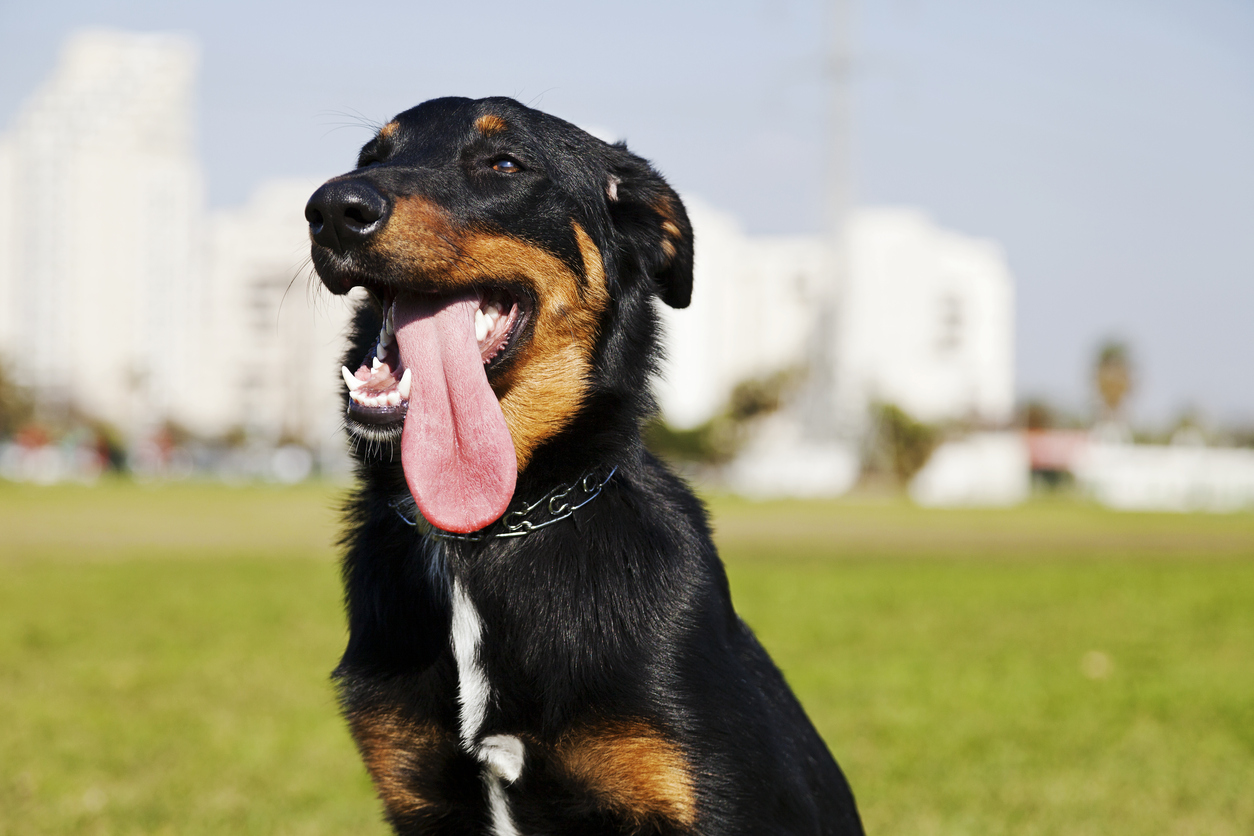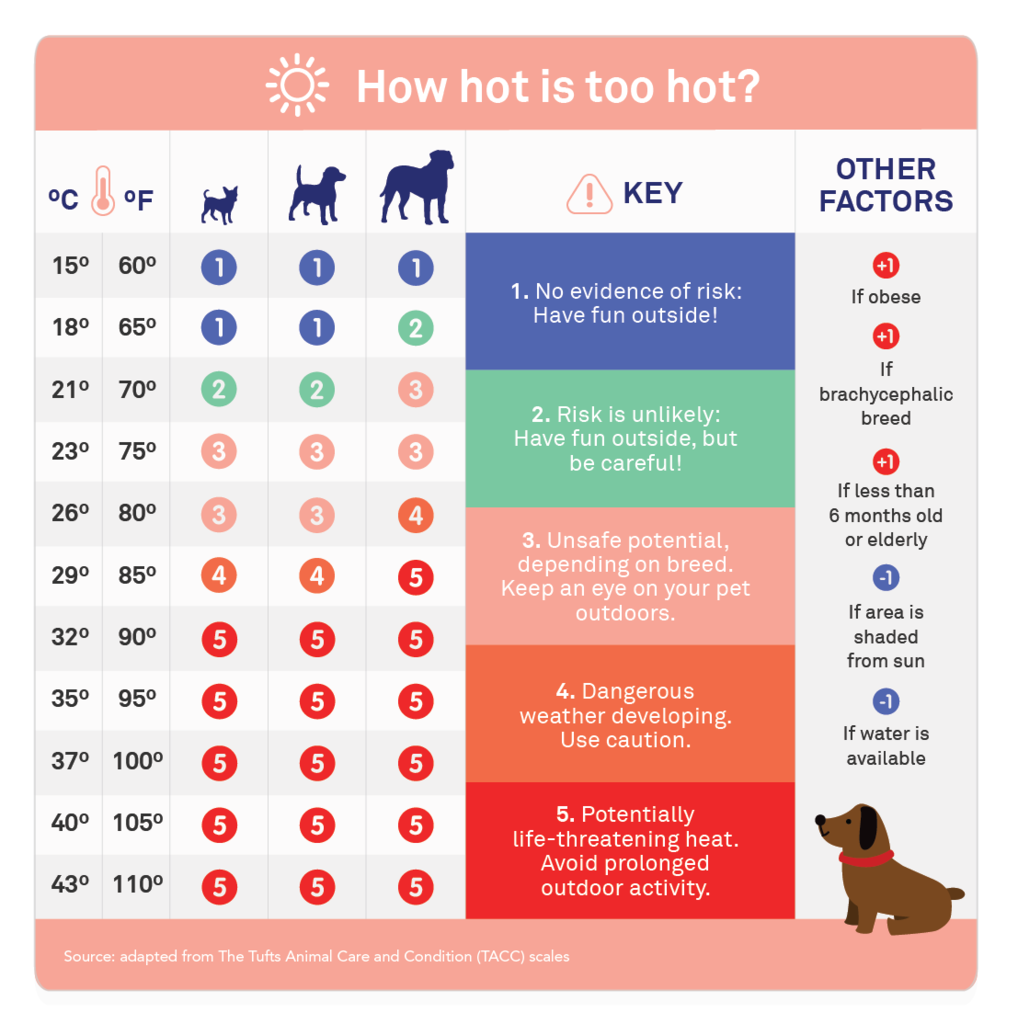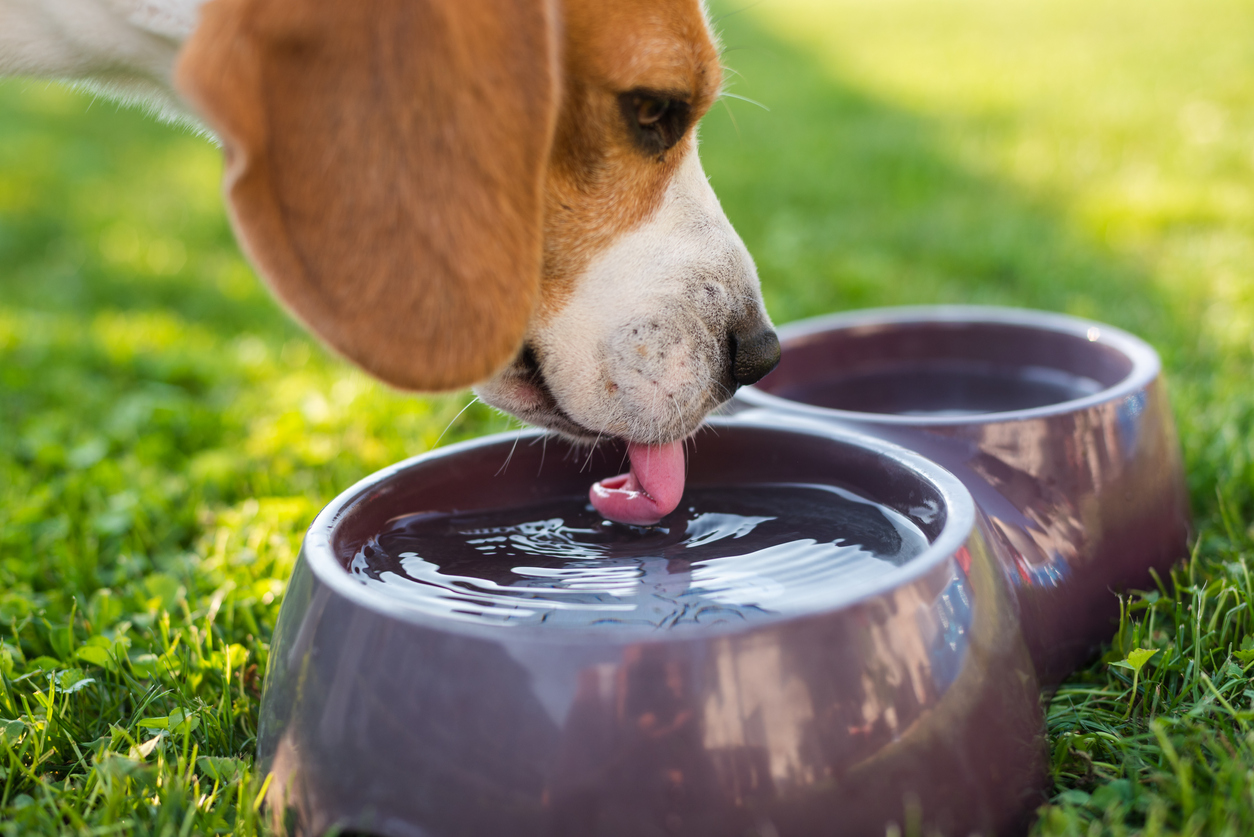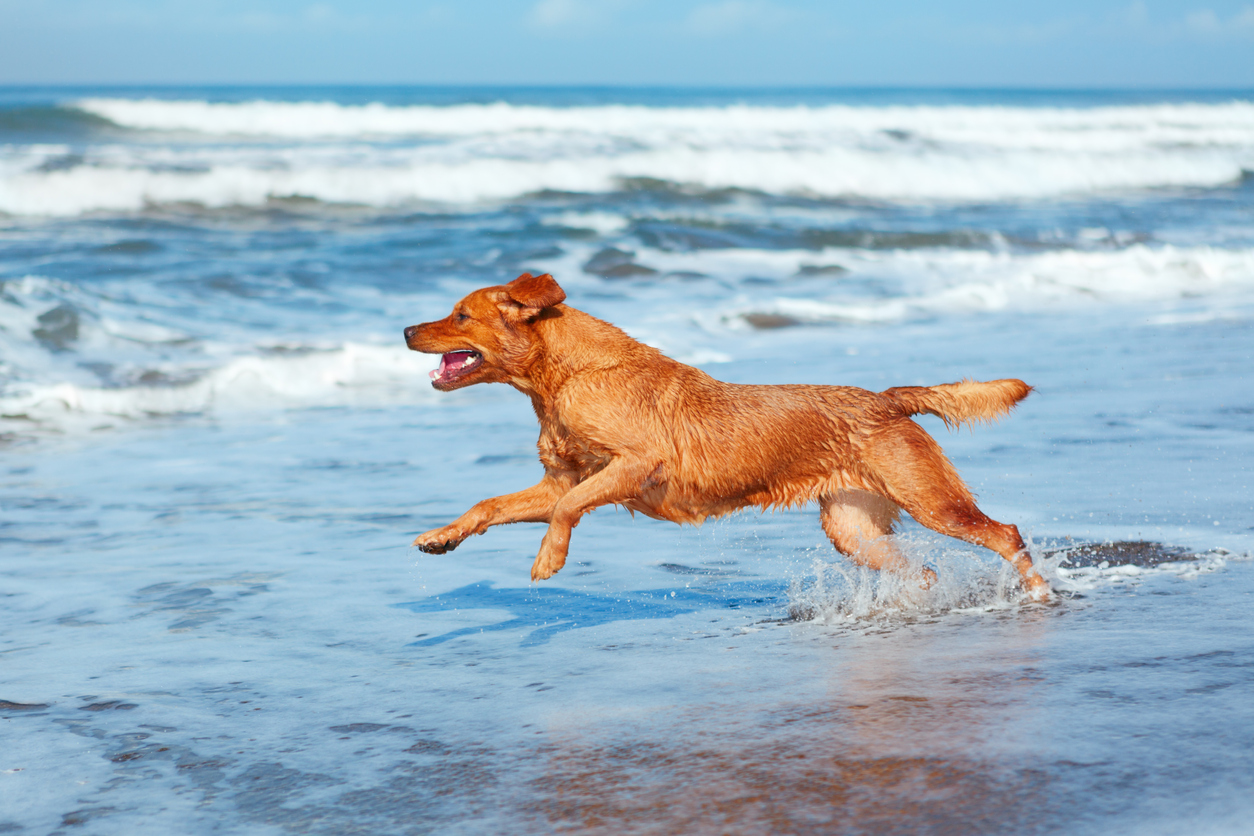Posted on
 As the weather forecast soars well into the 90s, veterinary hospitals brace for patients suffering from heatstroke. This potentially deadly condition can set in rapidly, especially for certain dogs - knowing the risk factors, warning signs, and how to keep your pup cool are essential for making sure that both you and your pets can safely enjoy the summer.
As the weather forecast soars well into the 90s, veterinary hospitals brace for patients suffering from heatstroke. This potentially deadly condition can set in rapidly, especially for certain dogs - knowing the risk factors, warning signs, and how to keep your pup cool are essential for making sure that both you and your pets can safely enjoy the summer.
Is My Dog At Risk?
All dogs can suffer from heatstroke, but there are some individuals for whom hot weather may be even more dangerous. Check the list below - do any of these descriptions apply to your dog?
- Obesity
- Brachycephaly (short-nosed breeds, including pugs, bulldogs, and more)
- Long or thick coat
- Darkly-colored coat
- Seniors and young puppies
- Pre-existing health conditions (such as heart disease, or airway disease)
- Large or giant breed

If any (or multiple) of the above factors apply to your dog, they're at an increased risk for heatstroke and require extra caution to keep them safe.
While we as people can choose to go inside and get a drink if we feel overheated, many dogs are unable to self-regulate in high heat. If they're "high drive" and the type to run or play endlessly, they can ignore their body's warning signs and end up putting themselves in danger - on hot days, it's up to us as the owners to monitor the situation and make a judgement call as to when they've had enough.
Signs of Heatstroke
Heatstroke can come on rapidly in hot weather, so it's important to be aware of the signs. If your pet is experiencing any of the following, please call your closest veterinary ER immediately:
- Hypersalivation (excessive and/or frothy drooling)
- Prolonged hyperventilation (rapid, shallow panting)
- Red or dark gums, tongue, or skin
- Vomiting or diarrhea
- Mental dullness, lethargy, stumbling
- Collapse
- Fever of 105f or greater
If caught early, heatstroke can be treated at an ER with critical fluid, oxygen, and medication support. But if untreated or advanced, heatstroke can result in severe organ damage and even death.
How To Beat the Heat
 Fortunately, there's many ways to help keep our dogs cool. Shade should always be available to avoid any direct sunlight, and turning on some fans to keep air moving can help a lot. Always make sure your pet has access to cool, clean water to drink. Many dogs also enjoy playing in water, including swimming or playing with a hose or sprinkler. However, also don't let your dog chug water endlessly - this can lead to stomach upset or, in extreme cases, water poisoning.
Fortunately, there's many ways to help keep our dogs cool. Shade should always be available to avoid any direct sunlight, and turning on some fans to keep air moving can help a lot. Always make sure your pet has access to cool, clean water to drink. Many dogs also enjoy playing in water, including swimming or playing with a hose or sprinkler. However, also don't let your dog chug water endlessly - this can lead to stomach upset or, in extreme cases, water poisoning.
Avoid the hottest parts of the day - exercise your dogs in the early morning or after the sun has set, when temperatures are cooler and there's no direct sunlight. Asphalt can become searing hot in the sun, so test it with the back of your hand - if it's too hot for your skin, it's too hot for your dog's paws!
You can also prepare a frozen treat for hot days - while some dogs are happy to munch on plain ice, you can also freeze low-sodium chicken broth, wet dog food, or plain greek yogurt in an ice cube tray or inside of a rubber Kong toy for a refreshing snack. A frozen wet bandana placed on your dogs collar can also help provide some extra relief.
Most importantly - never leave your dog in your car! At even mildly warm temperatures, a few minutes in a car can turn deadly, even with the windows cracked. Hot car confinement is a major and deadly problem - keep your dogs safe, and leave them home!
 As the warm season is just starting, we'll no doubt be facing many more days of hot temperatures - but by staying informed and aware, we can give our beloved pets the best chance to safely enjoy the summer with us.
As the warm season is just starting, we'll no doubt be facing many more days of hot temperatures - but by staying informed and aware, we can give our beloved pets the best chance to safely enjoy the summer with us.
